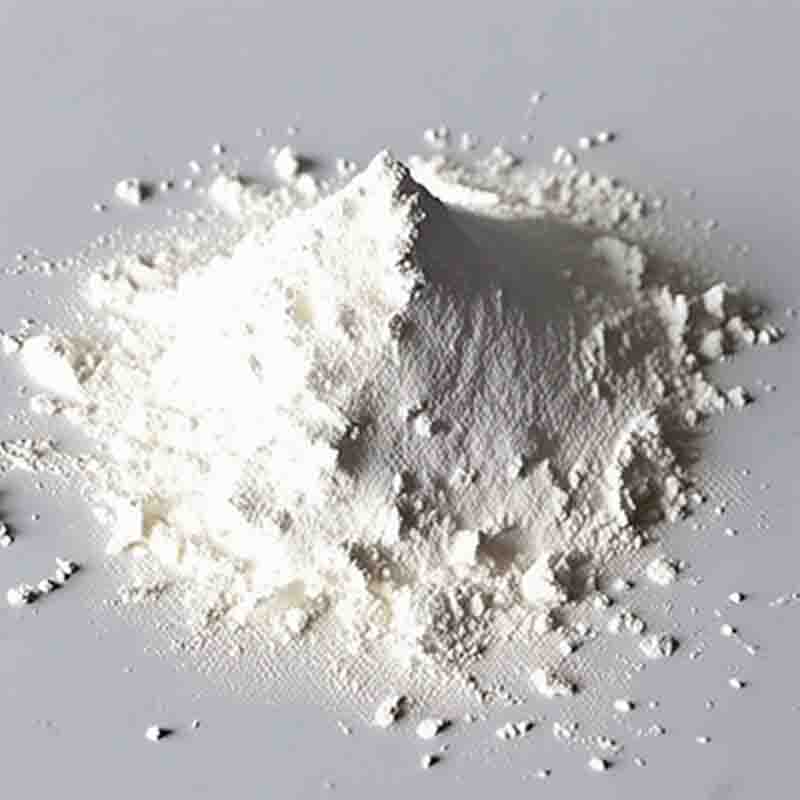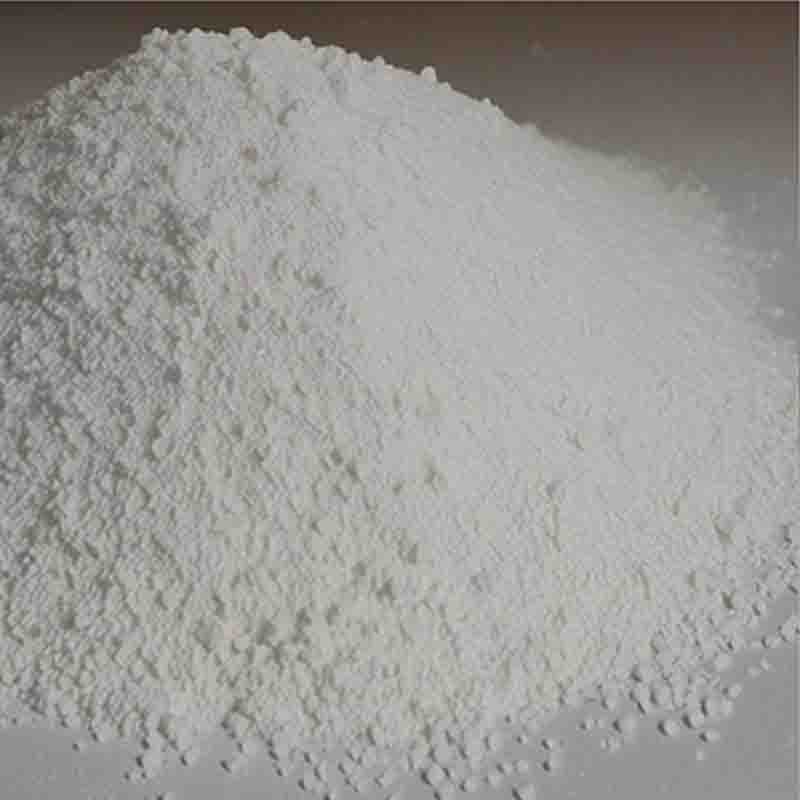diethyl(3-pyridyl)borane CAS:89878-14-8
| Catalog Number | XD95597 |
| Product Name | diethyl(3-pyridyl)borane |
| CAS | 89878-14-8 |
| Molecular Formula | C9H14BN |
| Molecular Weight | 147.03 |
| Storage Details | Ambient |
Product Specification
| Appearance | White powder |
| Assay | 99% min |
Diethyl(3-pyridyl)borane, also known as DEPB, is a chemical compound that has gained significant attention in recent years due to its versatile properties and potential applications in various fields, including organic synthesis and catalysis.One of the major effects of diethyl(3-pyridyl)borane is its ability to act as a powerful reducing agent. It can efficiently transfer hydride ions (H-) to a wide range of organic substrates, facilitating various reduction reactions. This makes DEPB a valuable tool in synthetic chemistry for the reduction of functional groups such as carbonyls, imines, and nitro compounds, among others. The hydride transfer process involves the coordination of the boron center to the substrate, followed by the transfer of the hydride ion, leading to the formation of a boronate complex. The unique reactivity and selectivity of DEPB in these reduction reactions make it a preferred choice in many organic transformations.Another important effect of diethyl(3-pyridyl)borane is its ability to act as a Lewis acid catalyst. It can coordinate with Lewis bases and activate them in a variety of reactions, including Diels-Alder reactions, aldol condensations, and rearrangements. The Lewis acid catalysis by DEPB involves the coordination of the boron center with the electron-rich functional group of the substrate, enhancing its reactivity and facilitating the desired transformation. This property makes DEPB a versatile catalyst that can be employed in a wide range of synthetic transformations, enabling the formation of complex organic molecules efficiently.Furthermore, diethyl(3-pyridyl)borane has demonstrated its utility in metal-catalyzed cross-coupling reactions. It can serve as a ligand for various transition metal catalysts, promoting the formation of carbon-carbon and carbon-heteroatom bonds. This aspect opens up new avenues for the synthesis of pharmaceuticals, agrochemicals, and other important organic compounds.In summary, diethyl(3-pyridyl)borane is a valuable reagent and catalyst in organic synthesis. Its ability to act as a reducing agent, Lewis acid catalyst, and ligand for transition metal catalysts makes it a versatile tool in the field. These effects contribute to its broad utility across various synthetic applications, enabling the construction of complex organic molecules and facilitating the development of new drugs or chemical compounds.




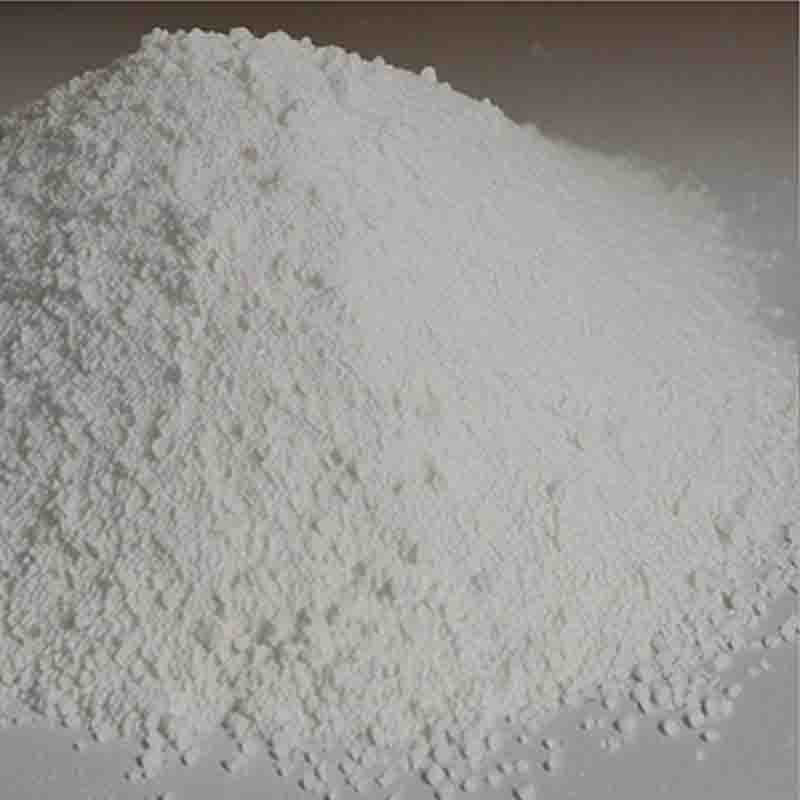
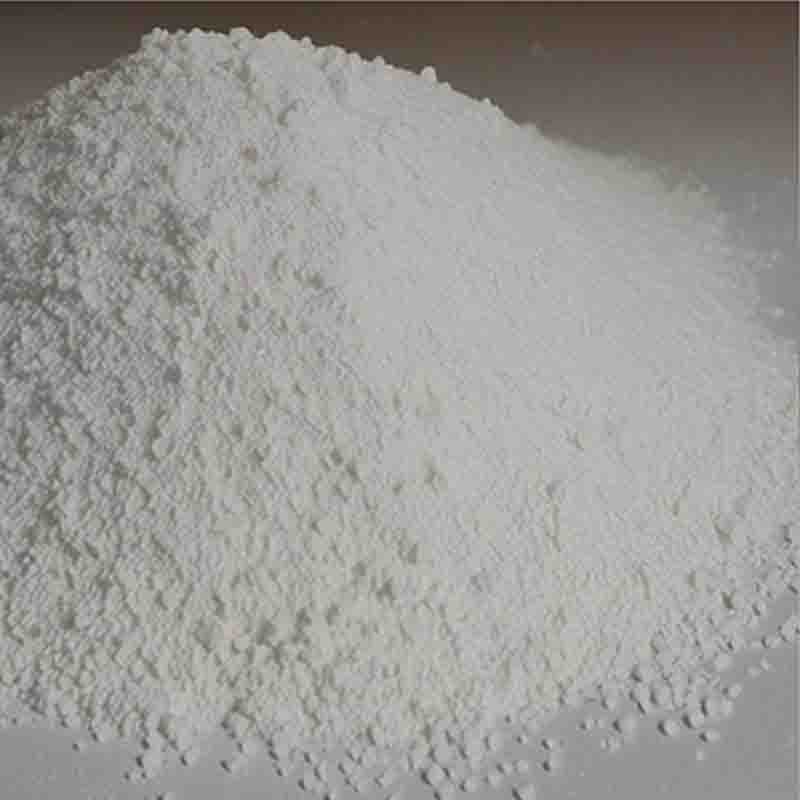
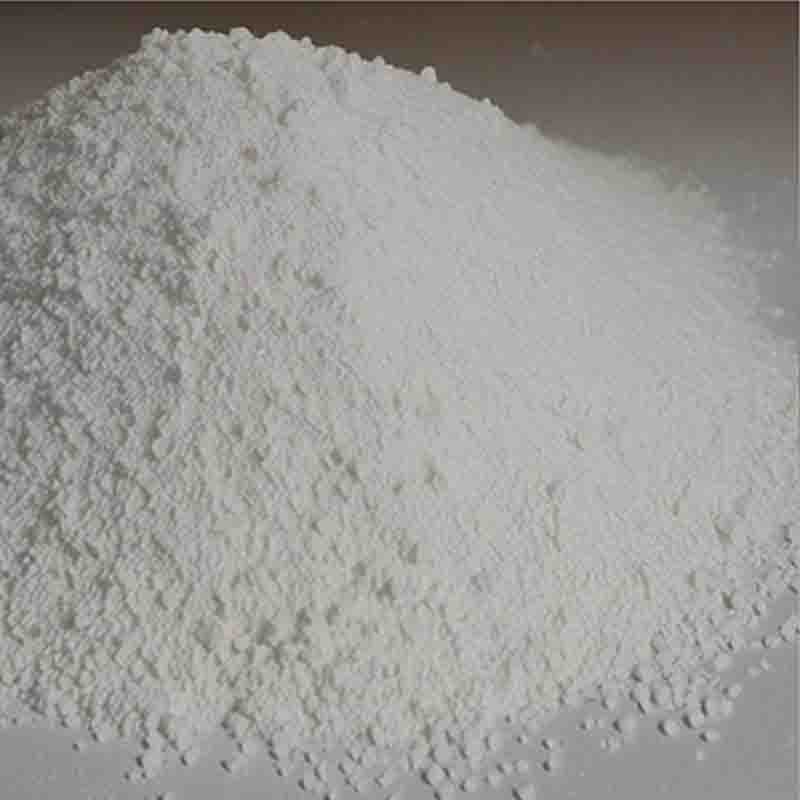
![1-[(4-Fluorophenyl)carbamoyl]cyclopropanecarboxylicacid CAS:849217-48-7](https://cdn.globalso.com/xdbiochems/白色粉末21707.jpg)
